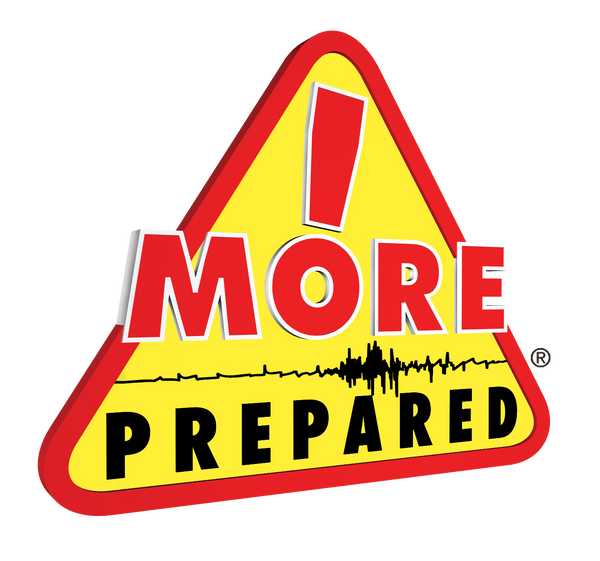
Preparedness in Your Car
Disaster can strike wherever you are, even when you are driving your car. Make sure you are prepared for any emergency when you are driving.
Before a Disaster
Create or purchase car emergency kits for each car in your family, and store it in the trunk. Your kit should be portable in case you have to leave your car. A backpack makes a perfect place to store all of the supplies.
Your emergency car survival kit should contain the following:
- Flashlight, extra batteries, and maps
- First aid kit and manual
- Emergency flasher
- White distress flag
- Whistle
- Tire repair kit, booster/jumper cables, pump, and flares
- Water and non-perishable foods
- Seasonal supplies
- Winter – blanket, hat mittens, shovel, sand, tire chains, windshield scraper, florescent distress flag
- Summer – sunscreen lotion (SPF 15 or greater), shade items (umbrella, wide-brimmed hat, etc)
You can avoid many dangerous weather problems by planning ahead. Plan long trips carefully, listening to the radio or television for the latest weather forecasts and road conditions. If bad weather is forecasted, drive only if absolutely necessary.
Keep your gas tank full in case evacuation is needed. Maintain your car so it is in good working condition.
During a Disaster
Recognize that you are in an earthquake situation. An earthquake while driving sometimes feels like there is something wrong with your car. Use your senses. Look around. You will feel the earth jolting and shaking, and begin to see things falling or cracks opening.
Move to the side of the road. Do this as quickly as possible but keep your mind totally focused on safety. It is likely you won't be the only person on the road, so keep an eye out for traffic and be aware that some drivers may panic.
As best you can, avoid pulling up under bridges, overpasses, signs, building overhangs, power lines, trees, or any other hazards that might fall onto your car. Avoid parking next to buildings or near gas stations. The car offers very little protection should heavy objects fall on it.
If in a parking lot, exit the car and crouch down low and close to the side of the car to use it as protection - do not get under the car as it will take the impact of any large falling debris such as concrete.
Turn off the engine and put your handbrake on. Stay in your vehicle until the shaking stops.
Do not drive through a flooded area - 6 inches of water can cause a vehicle to lose control and possibly stall. A foot of water will float many cars.
If a power line falls on your car you are at risk of electrical shock, stay inside until a trained person removes the wire.
During a Disaster
Get out of your vehicle once the shaking has stopped. If you have emergency supplies inside your car, find them. Assess the damage to your car and in the immediate vicinity to see whether it is safe to proceed.
Proceed home or to a safety shelter if possible, and drive very cautiously. Remember that it may be safer to stay where you are, especially if there is chaos on the roads. Use your phone to call people and let them know you're alright. However, remember cell phone towers may be damaged. Listen to the local radio station for warnings and updates as you drive or walk.
Expect aftershocks. The main quake will be followed by aftershocks which can easily dislodge damaged buildings and other structures that haven't already fallen apart.
Check to see that the passengers are all right. Expect some shock or panic and do your best to reassure such persons. Attend to any injuries using first aid.
The fire department and other emergency services will be dealing with their own issues. You, and those around you, need to work together. DO NOT phone 911 and needlessly overload circuits.
Do not ever drive through flood waters. Do not drive over large cracks in the road. You risk becoming stuck. Do not drive under bridges that have cracks and other visible structural damage. Even without visible damage, be wary of all overhanging objects, bridges, signs, walls, and overpasses. Be wary of the potential for landslides onto the road. If you're driving along a coastal road in an area known as a potential tsunami zone, drive to higher ground as quickly as possible.
Be aware of areas where floodwaters have receded. Roads may have weakened and could collapse under the weight of a car. Avoid downed power lines.
Once you can start moving again, do so slowly and cautiously, avoiding any areas of the road that appear to be damaged or obstructed, and continue to avoid bridges and ramps.
